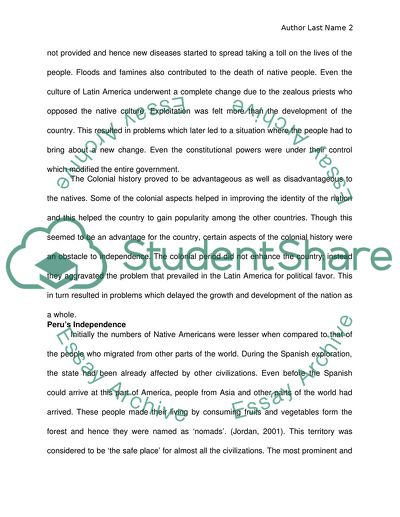Cite this document
(“History of Perus Independence Research Paper Example | Topics and Well Written Essays - 2500 words”, n.d.)
Retrieved from https://studentshare.org/history/1574713-history-of-perus-independence
Retrieved from https://studentshare.org/history/1574713-history-of-perus-independence
(History of Perus Independence Research Paper Example | Topics and Well Written Essays - 2500 Words)
https://studentshare.org/history/1574713-history-of-perus-independence.
https://studentshare.org/history/1574713-history-of-perus-independence.
“History of Perus Independence Research Paper Example | Topics and Well Written Essays - 2500 Words”, n.d. https://studentshare.org/history/1574713-history-of-perus-independence.


